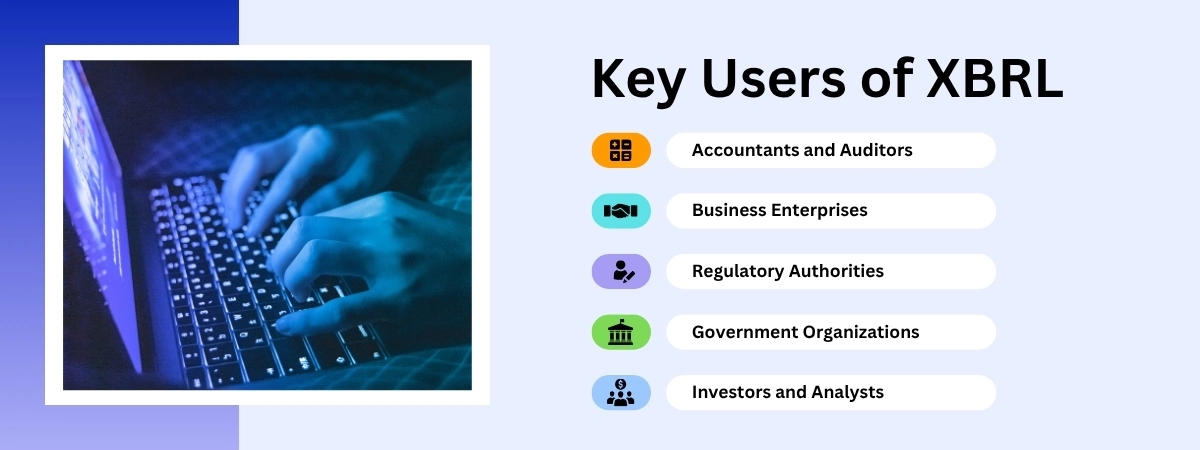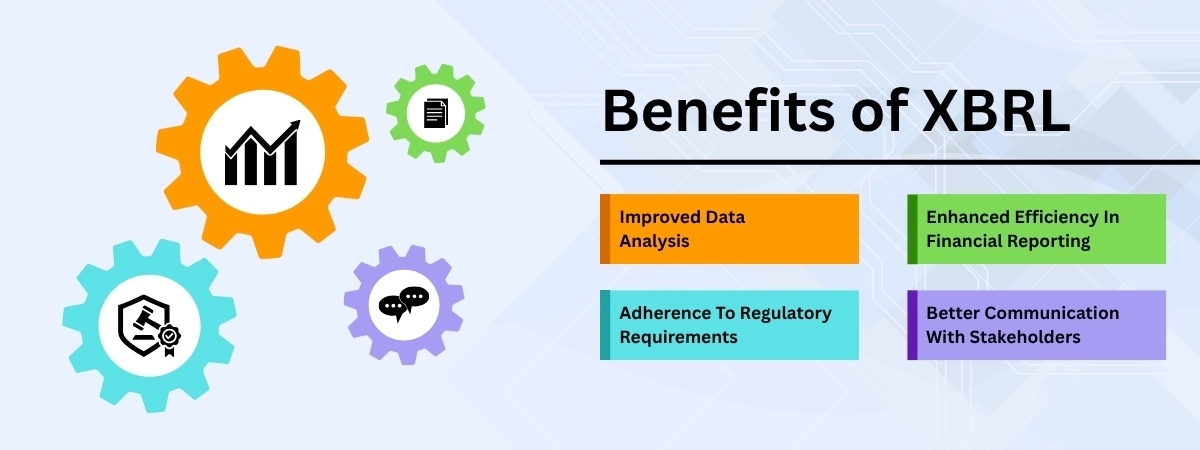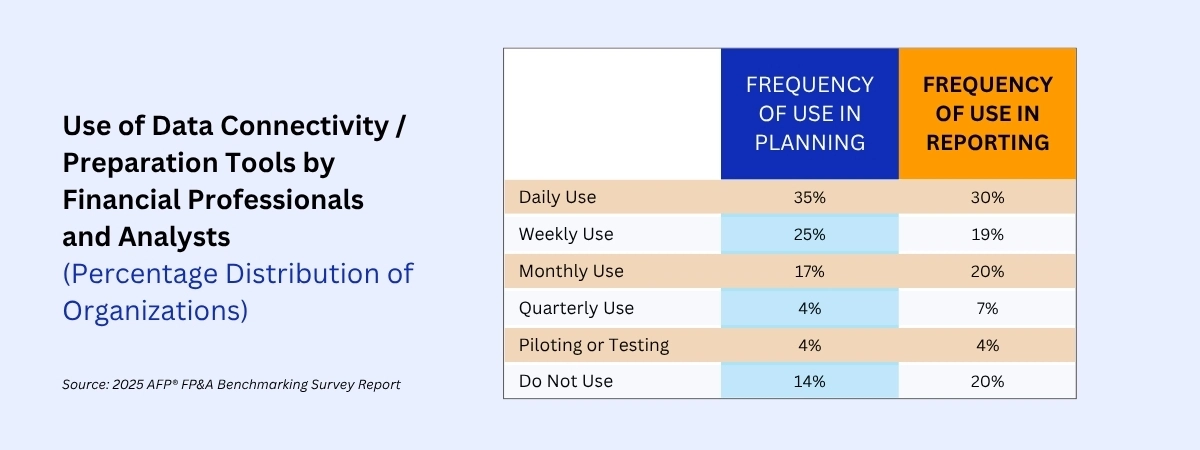“Challenging everyone in the UN family to use data to understand “what happened”, “why it happened”, “what may happen next” – and respond with insight, impact, and integrity.”
— United Nations Secretary General’s Data Strategy
The CEB (Chief Executives Board for Coordination) secretariat at the United Nations has been persistently working over the years to enhance the completeness and quality of financial data collected from the UN system organizations. Likewise XBRL, also known as eXtensible Business Reporting Language is emerging as a reliable solution for standardized financial reporting and better business decision-making.
What is XBRL and why is it gaining momentum globally? XBRL is a language used for the electronic communication of financial and business data that is transforming business reporting worldwide. Businesses are customizing XBRL rules and report modules using the latest tools like Fujitsu Interstage XWand and aSISt according to their specific needs and preferences.
Financial reporting is a critical process where businesses and investors present crucial information that reflects their financial performance over the years. Since publishing business reports in any format is not enough, XBRL leverages this process by enabling financial disclosures in a reliable, comparable, and computer-readable format.

Like in the image shown above, key entities like government agencies, regulators, corporates, investors, analysts, and accountants use XBRL on a daily basis. These entities use XBRL to provide information for developing regulatory reports and to evaluate these reports against business & logic rules. It is a flexible language that supports present-day requirements of reporting across countries and can ensure accurate handling of financial data.
What is XBRL?
XBRL (eXtensible Business Reporting Language) is a modified version of XML (eXtensible Markup Language). Just like HTML is used to structure content for the web, XBRL supports the structuring of financial and business data with the help of assigned rules, instance documents, and taxonomies. XBRL is an international digital standard for business reporting and is used by businesses, regulators, and governments in more than 50 countries. It enables a systematic format for classifying, exchanging, and analyzing a broad spectrum of business information and metadata. By making business reports machine-readable, XBRL optimizes data accuracy, accessibility, and analysis to facilitate better decision-making and transparency.
XBRL International is a US-based non-profit organization that empowers the implementation of XBRL business reporting standards in over 50 countries. This is achieved through the development of digital taxonomies that are used by public and private sectors. The main purpose of XBRL is to automate business information requirements like sharing and analysis of financial reports and audit schedules. It helps to make the exchange and analysis of corporate financial information easier & more efficient by enabling XBRL-compliant applications to automatically parse and process the data. Important information like sales or net assets of a business can be evaluated since XBRL defines data-formatting conventions to describe the business report data.
One of the important benefits of XBRL is its compatibility across different business systems, helping organizations to seamlessly exchange information throughout the reporting chain. It is extensively used in regulatory reporting frameworks and empowers the implementation of standards such as the U.S. Generally Accepted Accounting Principles (GAAP) and International Financial Reporting Standards (IFRS).XBRL functions as the international standard for different types of reporting, including risk assessment, performance analysis, and regulatory compliance. At AIT Global Inc., we help partners and clients process and manage financial & business data more effectively—improving the accuracy, consistency, and quality of information required by the regulatory authorities.
How Does XBRL Work?
Many professionals in finance and compliance still ask, what is XBRL and how does it streamline regulatory reporting? XBRL offers a flexible framework for any kind of digital reporting involving balance sheets, tax returns, cash flow statements, and other documents. As you can see in the below image, accountants typically follow this process to develop financial reports.

Let’s understand how accountants convert financial statements into XBRL-aware financial statements.
Step 1: Classification of Financial Items – In this step, the accountant takes the business’s financial statements and uses tagging to allocate financial statement items into various taxonomies. Since what is XBRL becomes a relevant query here, XBRL acts like a single, universal alphabet and grammar for digital reporting. It can be built up into words with a range of meanings and collected into shared dictionaries. Thus, the words are reporting concepts and the dictionaries are different XBRL taxonomies. These taxonomies serve as authoritative digital definitions for reporting concepts.
Step 2: Tagging Process – In this step, accountants use XBRL-compliant software (e.g., Workiva, Integix) to tag financial data based on the correct taxonomy. This tagging process produces an XBRL instance document, which is a machine-readable XML file consisting of the tagged financial data. The instance document can then be verified and submitted to regulatory authorities or stakeholders. Thus, the XBRL-certified software helps to ensure the data aligns with the reporting requirements and can be customized for tailored business needs.
Step 3: Reporting Financial Stories – In this stage, the XBRL instance document is validated and presented in human-readable format using XBRL-compatible software tools. These tools can generate the data into readable reports and visualizations for relevant stakeholders, investors, and regulators. Since XBRL is a free and openly licensed standard, it accelerates the development of new tools that optimize the usability and accessibility of financial information.
Global Adoption of XBRL
It is found that over 90% of the listed companies worldwide are mandated to adopt digital reporting for varying requirements. According to a study, businesses in developing countries have a strong likeliness toward XBRL reporting as compared to developed countries, owing to better financial reporting quality.
XBRL Belgium administers the development of the annual accounts taxonomy based on the Belgian accounting standards (BE-GAAP), whereas the Steering Committee in China XBRL is composed of representatives from regulatory authorities and business enterprises that are responsible for policy-making and macro-guidance. To navigate through evolving compliances and mandatory international XBRL standards, our team of analysts and dedicated support managers at AIT Global Inc. help you prepare error-free compliance reports while saving time and reducing risks.
iXBRL, also known as Inline eXtensible Business Reporting Language, solidifies the advantages of HTML and XBRL to make the reports readable in data analysis tools and is comprehended by finance heads when viewed in the browser. Businesses in the UK, U.S., European countries, Denmark, and Japan are required to use iXBRL. Other examples of mandatory XBRL filings are the SEC (Securities and Exchange Commission) in the U.S., which accepts the GAAP taxonomy each year and offers guidance for filers to create their financial statements in XBRL format.
Benefits of XBRL
The incidences of cyber attacks through deepfakes and misinformation are on a rise in the finance and insurance sector. According to the International Monetary Fund (IMF), potentialmaximum annual financial firm losses from cyber incidents have increased from $300 million in 2017 to $2.2 billion in 2024. This shows how crucial financial reporting is for entities in the finance, insurance, government, regulatory, and other business sectors. Like in the image shown below, successful XBRL implementation results in better analysis of financial data, enhanced compliance with regulatory authorities, and improved communication with stakeholders.

So let’s deep dive and understand the benefits of using XBRL:
- Accessibility and Comparability: Since XBRL reports are in digital format, it is easier to transmit financial data between computer terminals. This standardized data helps stakeholders to compare the business performance of different companies.
- AI Advantages in Financial Reporting: New trends and techniques like AI-assisted tagging are ensuring data accuracy and quality. Software providers, regulators, and policymakers are collaborating to develop tools that maintain the integrity of digital financial reports.
- Reduced Costs and Time: As the startup wave continues to dominate 2025, digital financial reporting is helping startup owners to increase their access to capital from investors. Moreover, the automation of financial reporting using XBRL aids in minimizing the manual effort needed for data entry and reconciliation.
- Compliance Reporting: Financial reporting with XBRL ensures securely obtaining data that can be seamlessly entered into systems without reformatting or re-keying. With this advantage, business owners can go beyond just compliance reporting and actually benchmark their performance against other businesses.
- Real-time Decision Making: Digital reporting using XBRL facilitates quick information dissemination for timely decision-making. Since the information contained in an XBRL report is machine-readable, analysts can quickly pull the data into the spreadsheet for analysis.
- Build Trust With Stakeholders: XBRL’s standardized taxonomy assures every business is categorizing and explaining its financial data in a uniform approach. XBRL reporting makes financial disclosures increasingly transparent as every data point is pinned with an XBRL tag and recorded digitally.
Challenges and Considerations
According to a survey conducted by Gartner, only 13.5% of finance transformation leaders responded with a clearly successful transformation. Finance transformation empowers leaders to revolutionize the way finance departments manage their strategy, governance, and reporting. However, the complexity of XBRL reporting can make it difficult for implementation. Let us look at some challenges and how to solve them.
- Implementation Issues: A potential factor leading to implementation problems is the lack of standardization across XBRL-based software and platforms, which results in errors during the exchange of data. To overcome this, finance departments should adopt common data exchange standards that help to make information sharing easier and more streamlined in the XBRL format. This solution facilitates information sharing across multiple systems.
- Building An XBRL Taxonomy: Common mistakes like XBRL best practice issues, validity issues, and taxonomy package issues lead to delays in the collection of data and slow down implementation. For example, the lack of backwards compatibility makes it difficult for processors to work with multiple versions of the taxonomy. To solve this, finance departments should ensure that their contents do not overlap where multiple versions of a taxonomy are valid simultaneously.
- Compliance with ACRA: The ACRA (Accounting and Corporate Regulatory Authority) represents governments worldwide for requirements pertaining to the registration and regulation of businesses and public accountants. To ensure compliance, business entities must take measures like implementing robust practices and policies targeted to safeguard the confidentiality of client data.
- Balancing Privacy and Transparency: Privacy measures help to prevent data breaches, whereas transparency fosters informed decision-making. To achieve a balance between the two, businesses must adopt best practices like data encryption, access controls, regular audits, and secure file storage, amongst others. This helps business entities to strengthen their resilience against potential risks and align with future regulatory changes.
- Need for Training and Resources: In addition to data security and accurate taxonomies, there is a need for XBRL training and education as more and more accountants & stakeholders are willing to learn about XBRL to create accurate digital reports. This has encouraged the international XBRL organization to provide e-learning courses to understand the fundamentals and learn the XBRL taxonomy model.
Future of XBRL
According to a benchmarking survey by the Association for Financial Professionals (AFP), for 83% of the finance practitioners, data skills and technological acumen go hand-in-hand with finance skills while desiring job candidates. In the image shown below, it can be observed that financial planning and analysis professionals frequently use data preparation and connectivity tools on a daily basis.

Since XBRL plays a crucial role in data preparation and financial reporting, its ripple effects are being felt among accountants and financial analysts who are gaining expertise in artificial intelligence and machine learning to automate data collection, validation, and analysis.
Let’s look at some of the future trends in XBRL that include:
- Proliferation of AI & ML: AI-ML technologies help to accelerate the process of financial reporting, owing to the demand for real-time data analysis. AI-powered analytics facilitates well-organized data validation, predictive financial analysis, and reliability of reported data.
- Blockchain Technology: This technology is being explored by software engineers, financial analysts and firms to ensure the security and accuracy of XBRL data. With blockchain technology, financial data could be stored on a decentralized ledger that prevents altering or tampering of data.
- ESG Reporting: A global consciousness about sustainability and responsible practices has created a demand for transparent and standardized ESG (Environmental, Social, and Governance) reporting and disclosures. These disclosures are essential for stakeholders and investors who assess corporate sustainability practices.
- Regulators Act as Catalysts: Regulators will be playing a crucial role to drive the adoption of XBRL through regulations, taxonomy development, and international collaboration. These regulators combined with technological advancements are expected to pave the way for an efficient and reliable financial reporting ecosystem.
Future-Proof Your Financial Reporting with XBRL and AIT Global Inc.
What is XBRL, ultimately? It is the standard that supports the foundation of digital transformation in finance, bridging regulatory demands with business agility. From the above insights it is clear that XBRL is projected to benefit companies and investors, owing to a transparent and secure financial reporting ecosystem. Growing advantages of latest technologies like AI and blockchain are not only helping large enterprises in making informed investment decisions but are also helping startups in gaining funding from investors owing to transparent financial disclosures.
To overcome challenges in financial reporting, analysts, governments and accountants are adopting standardized data exchange software and solutions to facilitate international collaboration. Our team at AIT Global Inc. has helped several clients meet their filing requirements while ensuring accurate XBRL tagging and on-time delivery. Partner with us to ensure quick turnaround, successful filings and a seamless experience. Also check our latest blog on the hidden costs of incorrect EDGAR filing and XBRL tagging and how to avoid them on our website.






 What is XBRL: Learn the Definition, its Benefits, and Trends
What is XBRL: Learn the Definition, its Benefits, and Trends  Agentic AI vs Generative AI: What’s the Difference and Why It Matters
Agentic AI vs Generative AI: What’s the Difference and Why It Matters  The Hidden Costs of Incorrect EDGAR Filing and XBRL Tagging – And How to Avoid Them
The Hidden Costs of Incorrect EDGAR Filing and XBRL Tagging – And How to Avoid Them  What is Agentic AI and How It’s Transforming Business Operations
What is Agentic AI and How It’s Transforming Business Operations  AI Tools For Small Businesses
AI Tools For Small Businesses 